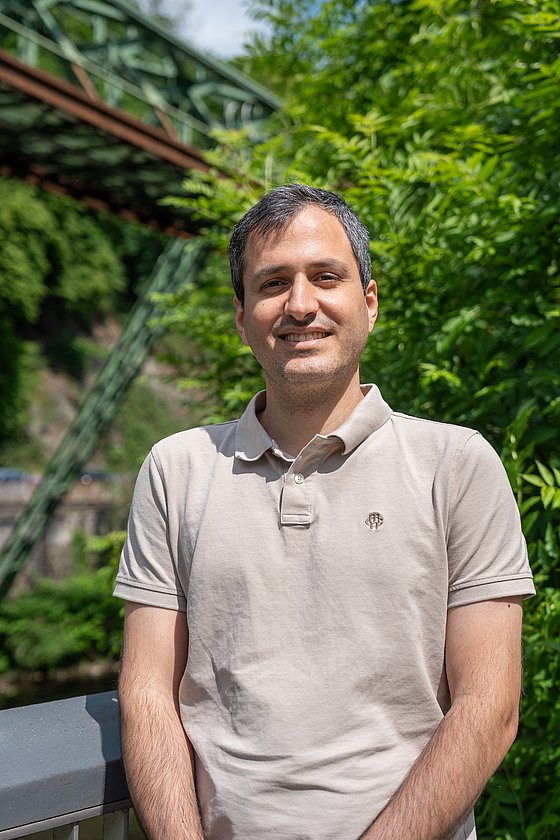Aboozar Roosta

Research Focus
- Micromobility
- Intelligent Transportation Systems
- Optimization
- Machine Learning
Projects
TiptoP, Responsible for the design and implementation of software and electrical components
NUErLast, Benefits and feasibility of detector-based acquisition of cargo bikes, Project manager and engineer
General information
Professional Activities
Since 01/2022: Research Associate
Chair of Bicycle Traffic, Bergische Universität Wuppertal
Education
09/2014 - 09/2017: Master of Science, Electrical Engineering – Control Theory
Department of Electrical and Computer Engineering, Tarbiat Modares University, Iran
09/2009 - 09/2013: Bachelor of Science, Electrical Engineering – Electronics
Department of Electrical Engineering, Yazd University, Iran
Master thesis
- 2017: Roosta, A., Design of an adaptive traffic control method to reduce air pollution in congested urban networks, Master’s Thesis. Tehran, Iran, TMU: Tarbiat Modares University. Supervisor: Dr. Amin Ramezani, TMU
Peer-Reviewed Conference Papers
- 2023: Kaths, H., Roosta, A.: "A Framework for Simulating Cyclists in SUMO", SUMO Conference Proceedings , 4 , 105–113. https://doi.org/10.52825/scp.v4i.219
- 2023: Roosta, A., Kaths, H., Barthauer, M., Erdmann, J., Flötteröd, Y., Behrisch, M.: "The State of Bicycle Modeling in SUMO", SUMO Conference Proceedings , 4 , 55--64. https://doi.org/10.52825/scp.v4i.215
Peer-Reviewed Journal Papers
- 2025: Kaths, H., Roosta, A., Fischer, J., Kathmann, T., & Pušica, A. (2025). "Mapping Bicycle Traffic Flow Across the Width of a Bicycle Path to Inform Facility Design" , Transportation Research Record , 03611981251353715. https://journals.sagepub.com/doi/10.1177/03611981251353715
Title:
Prediction of cyclists' trajectories in urban intersections
Keywords:
Bicycling, Trajectory, Intersections, Heatmap, Cyclist behavior
Abstract:
Understanding patterns of behavior and interactions of road users with the infrastructure and each other is essential in enhancing design of traditional and intelligent infrastructure. My research's aim is to understand cyclist trajectory patterns at intersections. Using video data from real-world observations and our work on creating virtual environments, I'm developing a deep-learning model to describe how street features shape cyclists' movement patterns. The ultimate goal is to predict cyclist behavior in intersections by estimating the cyclist trajectory heatmaps, offering a practical method for improving road design and safety. This research is intended to benefit the broader community of researchers in bicycle traffic, road safety, and connected vehicles and infrastructure.
